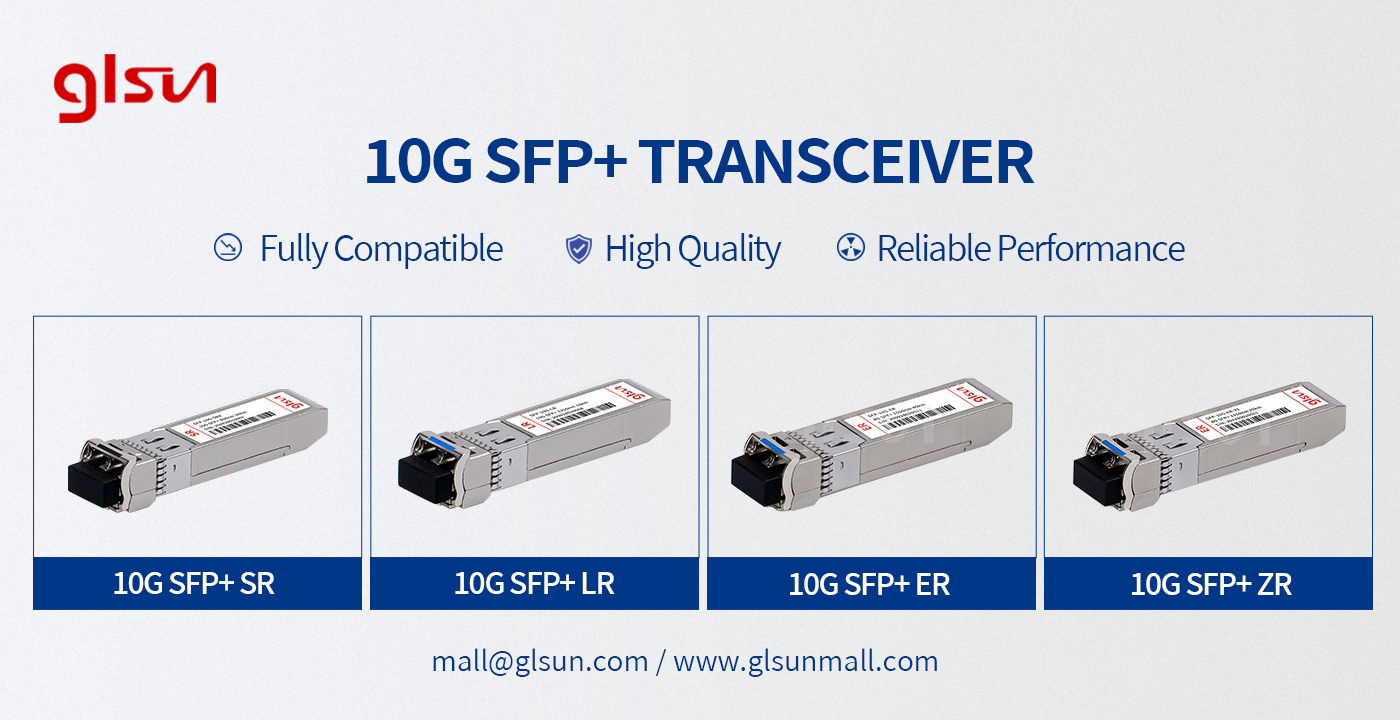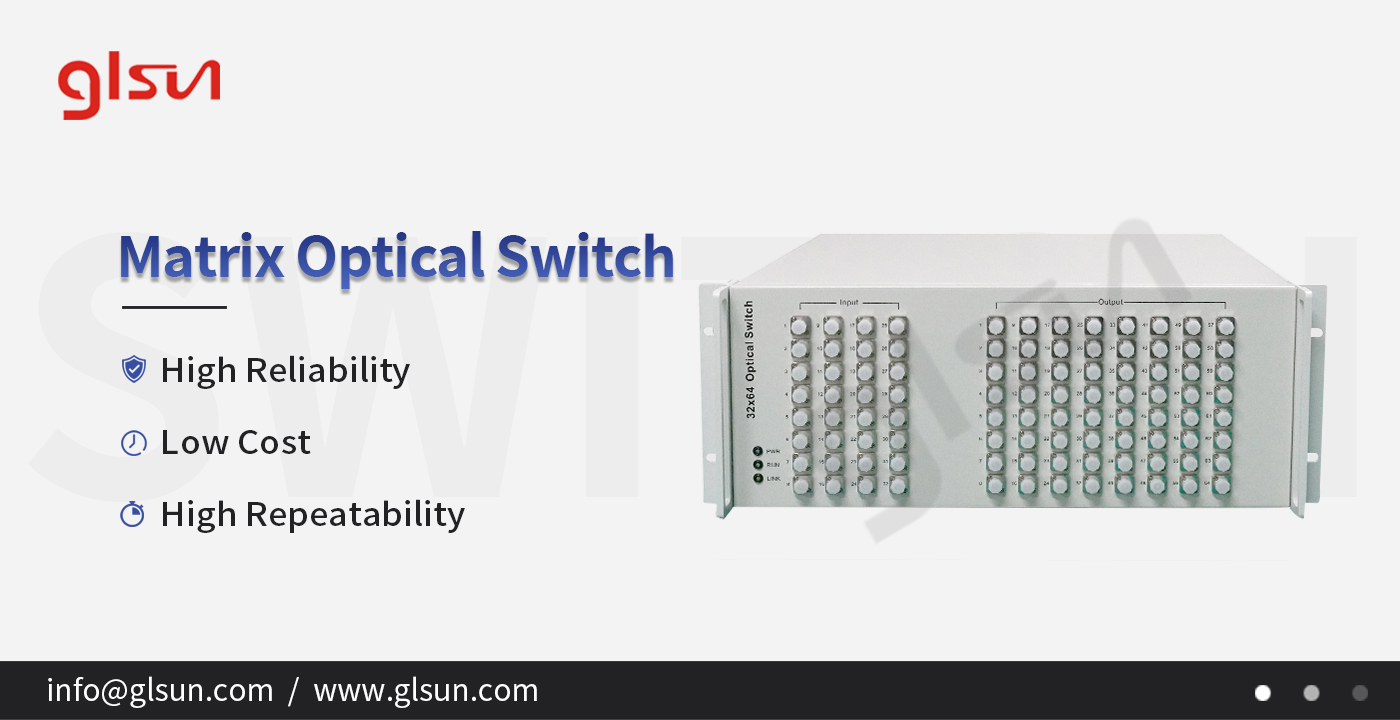How Optical Components Power Artificial Intelligence (AI)?
2024-07-13
In the rapidly advancing field of artificial intelligence (AI), the efficiency and speed of data processing are critical. Optical components have become a key enabler of this advancement, providing high-performance improvements to AI systems. A wide range of high-quality optical components are instrumental in enhancing the capabilities of AI applications.
Optical components, such as optical transceivers, fiber optic switches, optical amplifiers, and splitters, are essential for data transmission and networking. These components facilitate high-speed data transfer, low latency, and increased bandwidth, which are crucial for AI systems that require real-time data processing and analysis.
Fiber Optic Transceivers: These devices are used to convert electrical signals into optical signals and vice versa. They are integral to the functioning of data centers and high-performance computing systems that support AI. The use of fiber optic transceivers ensures minimal signal loss and higher data transmission speeds, enabling AI algorithms to process vast amounts of data more efficiently.
Optical Switches: Optical switches control the routing of light signals in a network. They are crucial for managing data traffic and ensuring that AI systems have the necessary data throughput. By using optical switches, AI systems can achieve faster decision-making and improved response times, which are essential for applications such as autonomous vehicles and real-time analytics.
Optical Amplifiers: These devices amplify optical signals without converting them into electrical signals. Optical amplifiers are vital in long-distance data transmission, ensuring that signals remain strong and clear over vast distances. This capability is particularly beneficial for AI systems that rely on large-scale, distributed data processing.
Optical Splitters: Optical splitters divide a single optical signal into multiple signals. They are used in scenarios where data needs to be distributed across various channels or devices. This distribution capability supports AI applications that require simultaneous data access and processing, such as distributed computing environments and cloud-based AI services.
Applications of Optical Components in AI
Data Centers: Modern data centers are the backbone of AI infrastructure. Optical components enable high-speed, low-latency communication between servers, storage systems, and networking equipment, ensuring efficient AI model training and deployment.
Autonomous Vehicles: Autonomous vehicles require real-time data processing to navigate and make decisions. Optical networks provide the necessary speed and reliability for these systems to function safely and effectively.
Telecommunications: In telecommunications, optical components facilitate high-speed data transmission over long distances, supporting the AI algorithms used for network management, traffic optimization, and predictive maintenance.
Healthcare: AI in healthcare relies on the rapid analysis of large datasets, such as medical imaging and genomic data. Optical components ensure that these datasets can be processed and analyzed swiftly, leading to quicker diagnoses and treatment plans.
GLSUN offers a comprehensive range of optical components designed to meet the demanding requirements of AI applications. Our products ensure high-speed data transmission, low latency, and scalability, empowering AI systems to perform at their best.









